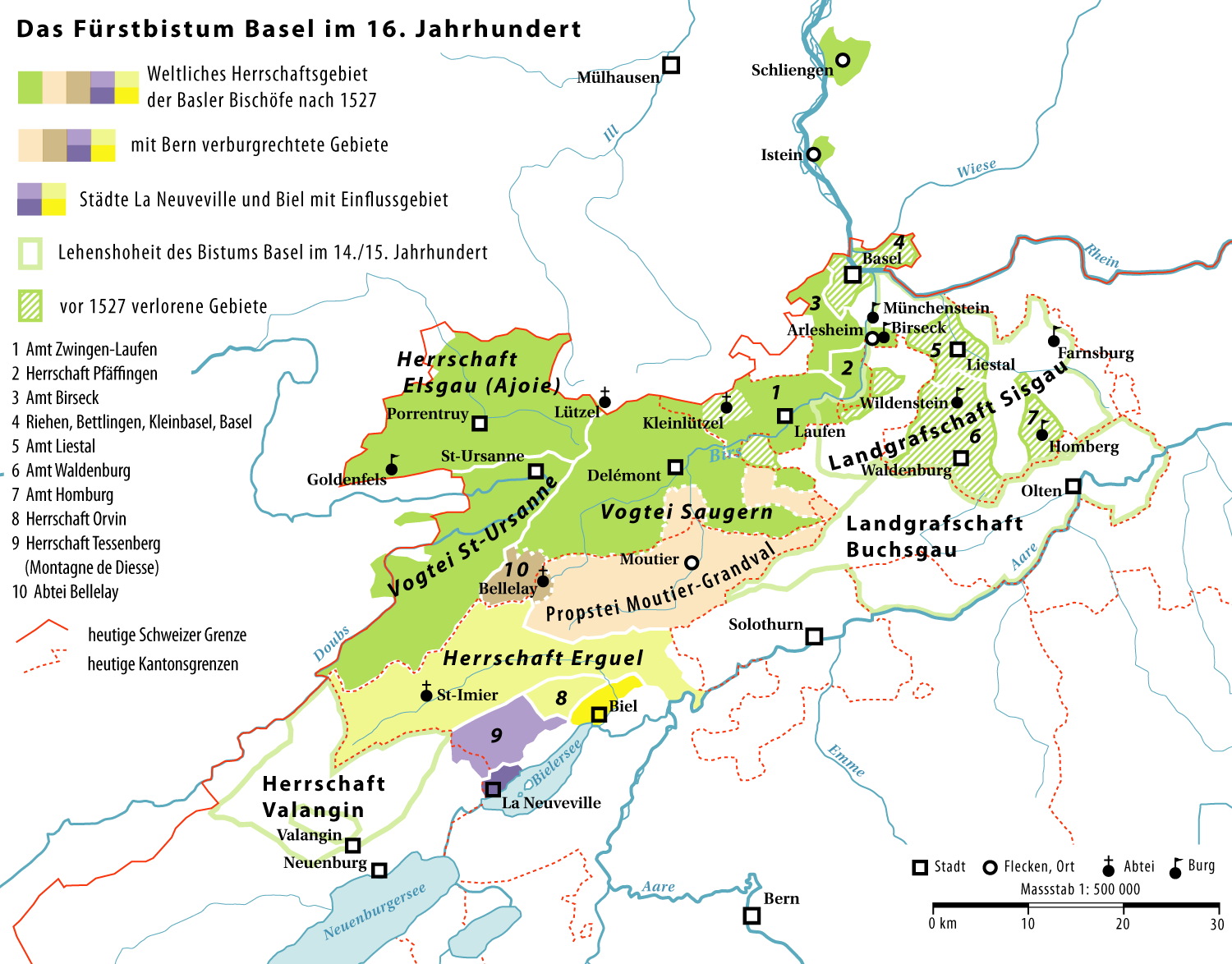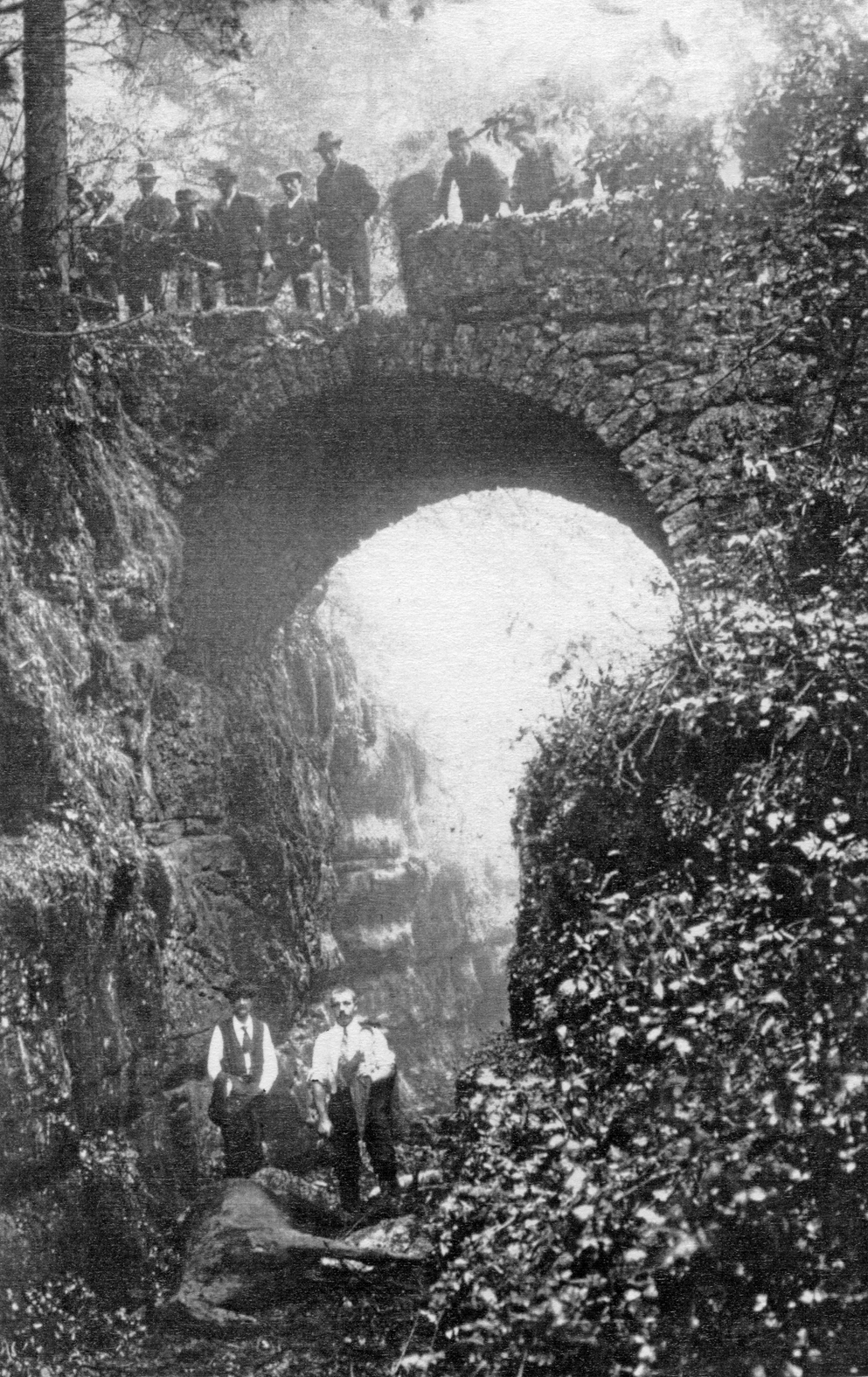|
Cortébert
Cortébert is a municipality in the Jura bernois administrative district in the canton of Bern in Switzerland. It is located in the French-speaking part of the canton in the Jura mountains. History Cortébert is first mentioned in 1178 as ''Cortaibert''. In 1179 the cathedral chapters of Saint-Imier and Moutier-Grandval are listed as major land owners in Cortébert. The Seignory of Erguel held the village as a fief for the Diocese of Basel. In 1530 Biel introduced the Protestant Reformation into the parish of Corgémont which included the village of Cortébert. During the Early Modern era the village had a successful agricultural and small scale handicraft economy. A number of houses and workshops were built during the 16th through 19th century, many of which still exist in the center of the village. In 1865, the watch manufacturer Raiguel Juillard et Cie opened a factory in the village. It was later renamed Cortébert Watch & Co. The watch factory changed the ent ... [...More Info...] [...Related Items...] OR: [Wikipedia] [Google] [Baidu] |
Jura Bernois (administrative District)
Bernese Jura (french: Jura bernois, ) is the name for the French-speaking area of the Swiss canton of Bern, and from 2010 one of ten administrative divisions of the canton. Comprising the three French-speaking districts in the northern part of the canton, it contains 40 municipalities with an area of and a population () of . More than 90% of the population of the three districts speak French. The Bernese Jura of today comprises only three out of a total of seven districts which were known as the Bernese Jura during the period of 1815–1979. Of the remaining four, three seceded as the canton of Jura in 1979, while the fourth, the Laufen district, joined the canton of Basel-Landschaft in 1994. Additionally, Moutier, a municipality, voted to secede from Bern in a referendum in 2021 and join Jura, with the changeover expected to be implemented by 2026. History Most of the territory of the Bernese Jura was passed from the County of Burgundy to the Bishopric of Basel in AD 9 ... [...More Info...] [...Related Items...] OR: [Wikipedia] [Google] [Baidu] |
Corgémont
Corgémont is a municipality in the Jura bernois administrative district in the canton of Bern in Switzerland. It is located in the French-speaking part of the canton in the Jura mountains. History Corgémont was first mentioned in 1178 as ''Coriamont''. In 1179 Pope Alexander III confirmed the rights of the Abbey of Moutier-Grandval to their property in Corgémont. From the 12th to 15th century much of the village was owned by the noble family de Corgémont (also known as de Chalmé), who had received the property from the Prince-Bishop of Basel. Later this property was transferred to the Family d'Asuel. Corgémont belonged to the Barony of Erguel which was under the Prince-Bishops. In 1530 Biel introduced the Reformation to Corgémont. Geography Corgémont has an area of . Of this area, or 55.9% is used for agricultural purposes, while or 37.6% is forested. Of the rest of the land, or 6.2% is settled (buildings or roads), or 0.2% is either rivers or lakes and or ... [...More Info...] [...Related Items...] OR: [Wikipedia] [Google] [Baidu] |
Mont-Tramelan
Mont-Tramelan is a municipality in the Jura bernois administrative district in the canton of Bern in Switzerland. It is located in the French-speaking Bernese Jura (''Jura Bernois''). While the majority of the population speaks German, the German form of the municipality name, ''Tramlingen-Berg'', is no longer used. Even though it is in the French-speaking part of the canton of Bern, there is a German public school. History Around 1570 the Prince-Bishop of Basel allowed Anabaptist refugees from the Emmental to settle in the seigniory of Erguel, including in the area that would become Mont-Tramelan. The farms in the area were part of the parish of Tramelan, which adopted the Reformed faith in 1530. At the beginning of the 17th Century, a family from Neuchâtel founded the community which was known as ''Montagnes de la paroisse de Tramelan''. The earliest record of the community is from 1647 when it was known simply as ''la Montagne''. In 1685 it was acknowledged by the Bish ... [...More Info...] [...Related Items...] OR: [Wikipedia] [Google] [Baidu] |
Courtelary
Courtelary is a municipality of the French-speaking Bernese Jura, in the canton of Bern in Switzerland. The town is the capital of the Jura bernois administrative district. History Courtelary is first mentioned in 968 as ''Curtis Alerici'' in a list of the properties of Moutier-Grandval Abbey. In 1179, Pope Alexander III elevated the Abbot to a Canon and confirmed the Abbots title to Courtelary. In addition to Moutier-Granval Abbey, the Cathedral chapter of Saint-Imier owned properties in the village which were managed for them by the Lords of Fenis-Neuchâtel. However, while under the control of the Lords of Fenis-Neuchâtel, the valley became a bailiwick of the Prince-Bishop of Basel. The Prince-Bishop placed the valley under the Seigniory of Erguel. By the late 13th century, Seigniory was controlled by the town of Biel. Due to the rising popularity of the cult of St. Imerius, in the 10th or 11th century a small Church of St. Imerius was built in the village. Th ... [...More Info...] [...Related Items...] OR: [Wikipedia] [Google] [Baidu] |
Nods (Bern)
Nods () is a municipality in the Jura bernois administrative district in the canton of Bern in Switzerland, located in the French-speaking Bernese Jura (''Jura Bernois''). History Nods is first mentioned in 1255 as ''Nos''. The municipality was formerly known by its German name ''Nos'', however, that name is no longer used. The noble de Nods family first appears in the historical record in the 13th century and vanishes again in the 15th century. The village was located along the border between several competing powers. During the 13th century it was owned by the Counts of Neuchâtel, then by the city of Bern and then by the Bishop of Basel. It then remained under the authority of the Prince-Bishop for centuries. During the Protestant Reformation in the 16th century, preachers of the new faith came to convert Nods. However, they encountered serious resistance from the villagers. The village was finally converted after Bern forced the villagers to adopt the new faith. Tho ... [...More Info...] [...Related Items...] OR: [Wikipedia] [Google] [Baidu] |
German Language
German ( ) is a West Germanic languages, West Germanic language mainly spoken in Central Europe. It is the most widely spoken and Official language, official or co-official language in Germany, Austria, Switzerland, Liechtenstein, and the Italy, Italian province of South Tyrol. It is also a co-official language of Luxembourg and German-speaking Community of Belgium, Belgium, as well as a national language in Namibia. Outside Germany, it is also spoken by German communities in France (Bas-Rhin), Czech Republic (North Bohemia), Poland (Upper Silesia), Slovakia (Bratislava Region), and Hungary (Sopron). German is most similar to other languages within the West Germanic language branch, including Afrikaans, Dutch language, Dutch, English language, English, the Frisian languages, Low German, Luxembourgish, Scots language, Scots, and Yiddish. It also contains close similarities in vocabulary to some languages in the North Germanic languages, North Germanic group, such as Danish lan ... [...More Info...] [...Related Items...] OR: [Wikipedia] [Google] [Baidu] |
French Language
French ( or ) is a Romance language of the Indo-European family. It descended from the Vulgar Latin of the Roman Empire, as did all Romance languages. French evolved from Gallo-Romance, the Latin spoken in Gaul, and more specifically in Northern Gaul. Its closest relatives are the other langues d'oïl—languages historically spoken in northern France and in southern Belgium, which French ( Francien) largely supplanted. French was also influenced by native Celtic languages of Northern Roman Gaul like Gallia Belgica and by the ( Germanic) Frankish language of the post-Roman Frankish invaders. Today, owing to France's past overseas expansion, there are numerous French-based creole languages, most notably Haitian Creole. A French-speaking person or nation may be referred to as Francophone in both English and French. French is an official language in 29 countries across multiple continents, most of which are members of the ''Organisation internationale de la Francophonie'' ... [...More Info...] [...Related Items...] OR: [Wikipedia] [Google] [Baidu] |
Coat Of Arms
A coat of arms is a heraldry, heraldic communication design, visual design on an escutcheon (heraldry), escutcheon (i.e., shield), surcoat, or tabard (the latter two being outer garments). The coat of arms on an escutcheon forms the central element of the full achievement (heraldry), heraldic achievement, which in its whole consists of a shield, supporters, a crest (heraldry), crest, and a motto. A coat of arms is traditionally unique to an individual person, family, state, organization, school or corporation. The term itself of 'coat of arms' describing in modern times just the heraldic design, originates from the description of the entire medieval chainmail 'surcoat' garment used in combat or preparation for the latter. Roll of arms, Rolls of arms are collections of many coats of arms, and since the early Modern Age centuries, they have been a source of information for public showing and tracing the membership of a nobility, noble family, and therefore its genealogy across tim ... [...More Info...] [...Related Items...] OR: [Wikipedia] [Google] [Baidu] |
Parish
A parish is a territorial entity in many Christian denominations, constituting a division within a diocese. A parish is under the pastoral care and clerical jurisdiction of a priest, often termed a parish priest, who might be assisted by one or more curates, and who operates from a parish church. Historically, a parish often covered the same geographical area as a manor. Its association with the parish church remains paramount. By extension the term ''parish'' refers not only to the territorial entity but to the people of its community or congregation as well as to church property within it. In England this church property was technically in ownership of the parish priest ''ex-officio'', vested in him on his institution to that parish. Etymology and use First attested in English in the late, 13th century, the word ''parish'' comes from the Old French ''paroisse'', in turn from la, paroecia, the latinisation of the grc, παροικία, paroikia, "sojourning in a foreign ... [...More Info...] [...Related Items...] OR: [Wikipedia] [Google] [Baidu] |
Hamlet (place)
A hamlet is a human settlement that is smaller than a town or village. Its size relative to a Parish (administrative division), parish can depend on the administration and region. A hamlet may be considered to be a smaller settlement or subdivision or satellite entity to a larger settlement. The word and concept of a hamlet has roots in the Anglo-Norman settlement of England, where the old French ' came to apply to small human settlements. Etymology The word comes from Anglo-Norman language, Anglo-Norman ', corresponding to Old French ', the diminutive of Old French ' meaning a little village. This, in turn, is a diminutive of Old French ', possibly borrowed from (West Germanic languages, West Germanic) Franconian languages. Compare with modern French ', Dutch language, Dutch ', Frisian languages, Frisian ', German ', Old English ' and Modern English ''home''. By country Afghanistan In Afghanistan, the counterpart of the hamlet is the Qila, qala (Dari language, Dari: ... [...More Info...] [...Related Items...] OR: [Wikipedia] [Google] [Baidu] |









